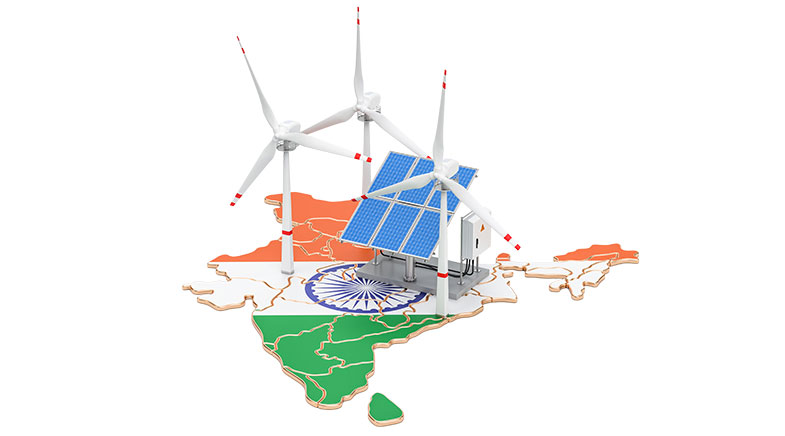Space for growth
-
- from Shaastra :: vol 03 issue 07 :: Aug 2024

A renewed interest in space exploration is driving government investments into R&D. It is imperative to ride this wave.
During internal discussions for choosing story ideas to follow up, our journalists tend to stress the important over the interesting. We define importance in terms of the impact on the world, the country, the economy, the society, the people. These are not developments that come and go. They leave a lasting impact. In contrast, the merely interesting are driven by the vicissitudes of fashion or attractions of online clickbait. Shaastra has established a record of capturing developments that are truly significant, and its journalists try to communicate these developments in the most engaging way possible. However, it is always a bonus when an important development is inherently interesting to a wide variety of readers.
Our Cover Story on cosmology, in the July 2024 issue (The cosmic rush), was such an instance. Astronomy is the gateway to science for many young minds. Several leading scientists around the world owe their careers to astronomy. When in school, they get interested in science by reading about mind-bending events happening in the universe. They are also excited by the possibilities of space exploration, of colonisation of the Moon and possibly Mars, of finding intelligent life elsewhere in the universe. Although astronomy and space exploration are different activities, both interest young minds and are, therefore, thought of in the same breath. So, it may seem that our Cover Story this time was a natural follow-up of our previous one on how astronomical observations are upending cosmology.
EYES ON THE EARTH
Although related to space, our Cover Story this time is fundamentally different from our previous one. It is not about exciting scientific theories or hair-raising space travel. It is about more mundane stuff like making satellites, improving Earth observation, and bringing edge computing to satellites. A combination of such satellite technologies would make the Earth a better place, with a big impact on every industrial sector. A large part of the space economy is not about Moon landings or Mars orbiters. It is about understanding the Earth through data captured from space and using this understanding to improve the quality of life.
Public sector R&D is essential for space science and technology to advance, but only the private sector can build a true space economy.
India's space programme is more than 60 years old, but its space economy is a newborn. This lag is a legacy of an old mindset when the private sector was not allowed to work on certain strategic technologies. Such attitudes have hurt Indian industry and economy, which would have been more broad-based if private companies had been allowed to develop satellites and launch vehicles a decade or two ago. The private sector has shown its potential in the short period during which it has been active in space. Public sector R&D is essential for the advancement of space science and technology, but only the private sector can build a true space economy.
As Sweta Akundi describes in her story, the opening of the Indian space sector reflects changing attitudes as well as a hard necessity. Several countries are increasing their investments in space, including many that have stayed away from it so far. Satellite launch costs are decreasing, and improvements in software are allowing private companies to develop novel applications. Hardware components are getting smaller, thereby allowing satellites to become smaller. All of this is happening at a time when there is a renewed interest in space exploration, which is driving government investments into R&D. It is imperative for any country to ride this wave.
As mentioned in the story, the size of the global space economy in 2023 was estimated at $630 billion. A McKinsey report this year says that with improved access to space data and reduced launch costs, the space economy could touch $1.8 trillion by 2035. On the other hand, reduced access to space data and rapid improvements on competing terrestrial technologies could bring this figure down to $1.4 trillion. It may be prudent to expect reality to fall somewhere in between.
Space-based technologies are about to change many key industries. Simultaneously, cutting-edge technologies like artificial intelligence and quantum computing will drive advancements in space engineering. In such cases, it is hard to deny the importance of human motivation. Indian industry has the skill and the maturity to use space engineering and drive its economy. As always, you can periodically read about its progress in the pages of Shaastra.
See also:
Have a
story idea?
Tell us.
Do you have a recent research paper or an idea for a science/technology-themed article that you'd like to tell us about?
GET IN TOUCH














